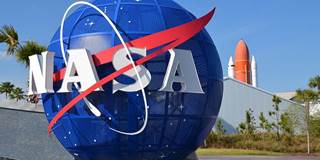Sometime in the early 2030s – less than two decades from now – we will be ready to send humans to Mars. Doing so is justified not only on scientific grounds, but also because meeting the challenge of long-distance manned space travel would spur technological breakthroughs with widespread applications on Earth.
WASHINGTON, DC – In “The Martian,” one of the hit films of 2015, NASA heroically saves a stranded astronaut with a little help from international partners and a lot of human ingenuity. Directed by Ridley Scott, the movie is visually beautiful, and provides nail-biting entertainment. But it also highlights what humans can accomplish when we put our minds to it, and – like Stanley Kubrick’s 1968 masterpiece, “2001: A Space Odyssey” – it offers a glimpse into what the future of space exploration could look like.

WASHINGTON, DC – In “The Martian,” one of the hit films of 2015, NASA heroically saves a stranded astronaut with a little help from international partners and a lot of human ingenuity. Directed by Ridley Scott, the movie is visually beautiful, and provides nail-biting entertainment. But it also highlights what humans can accomplish when we put our minds to it, and – like Stanley Kubrick’s 1968 masterpiece, “2001: A Space Odyssey” – it offers a glimpse into what the future of space exploration could look like.